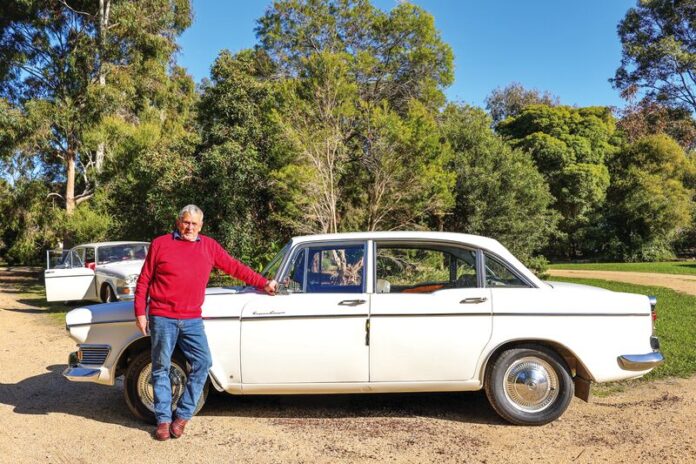
DESIGNED for distinction, the Humber Super Snipe was one of the most significant British cars from the 1930s to the late 1960s.
Marketed (through its various iterations) to upper-middle-class managers, professional people and government officials, the Humber was driven by the likes of Marshall Montgomery, British Labour Prime Minister Harold Wilson and was, throughout the 1960s, the ministerial fleet car of choice in Canberra.
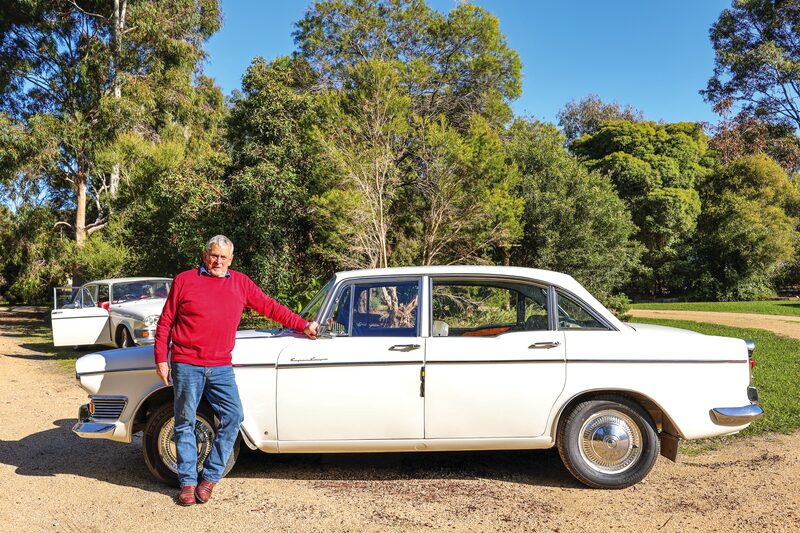
Owning five Humber Super Snipes, Goulburn Valley Motor Vehicle Drivers Club (GVMVDC) secretary, Barry Croke said, “I’ve always thought the Humber was an exceptional car, and if you were looking to buy a top-end car in the 1960s, you might have bought a Ford Fairlane, a Pontiac or perhaps a Studebaker, but it was the Humber than had all the extra features in them. Driving one of these in the sixties would have been comparable to driving a BMW or an Audi today.”
Clearly appreciating the engineering prowess and meticulous attention to detail that are exemplified in his own 1967 and 1968 registered Humbers, Barry explained that it is the history embodied within the vehicles that is of the greatest interest to him.
Beginning as a bicycle manufacturer in the 1800s, Englishman Thomas Humber transformed his success into becoming one of the nation’s first car builders in the 1880s.
Bolstered beyond all imagining by the insatiable demand for vehicles during the first World War, the Humber enterprise was purchased by brothers William and Reginald Rootes in 1928 before diversifying into jeeps, trucks and even aircraft bombers during WW2.
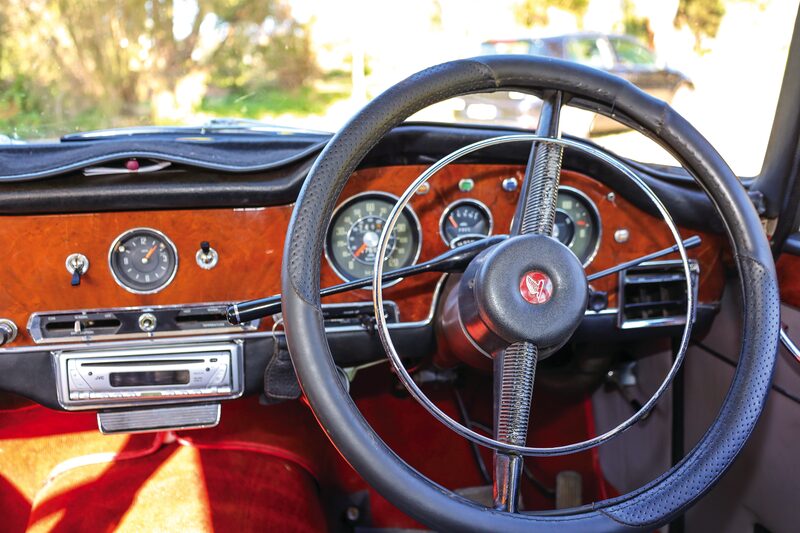
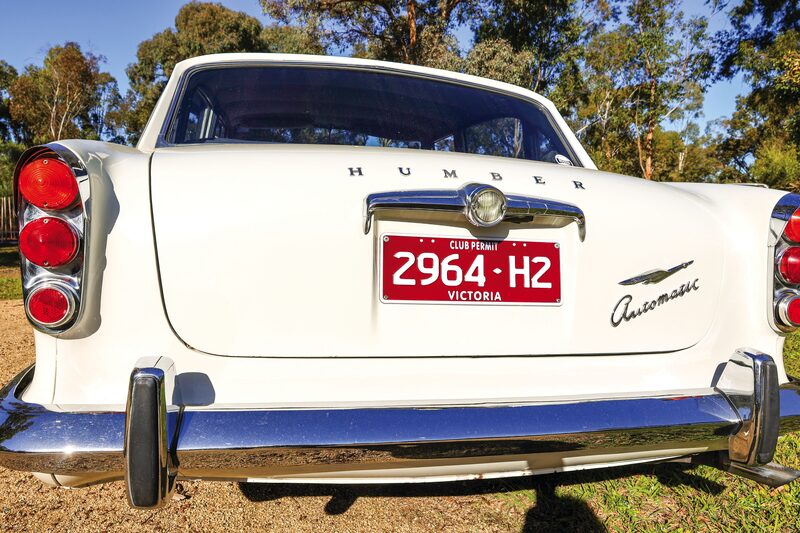
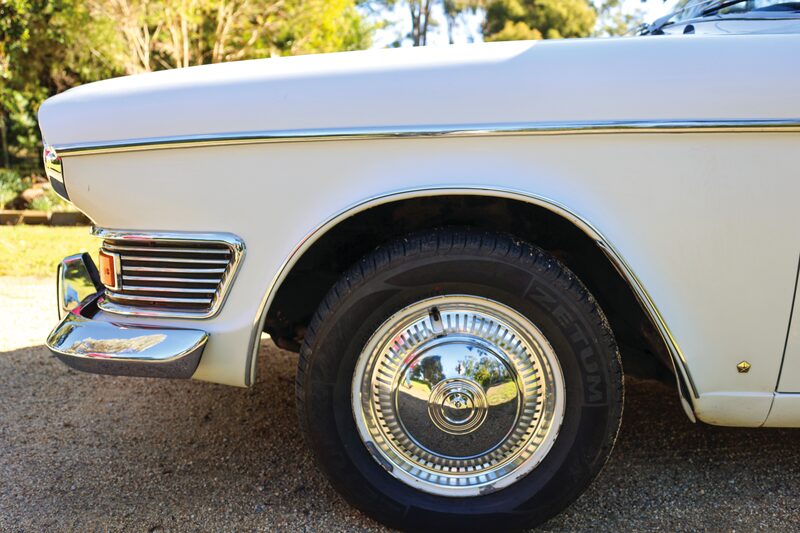
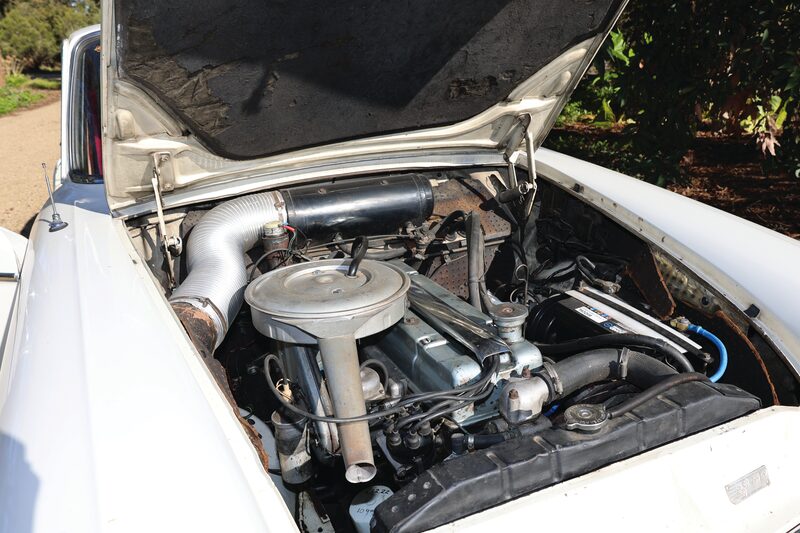
Following the war and with the enormous push for the beleaguered and war-torn nation to generate export dollars, the Rootes Group not only exported Humbers to Australia but had them shipped to a plant in Port Melbourne where they were pieced together from completely knocked down (CKD) boxes.
With the Rootes Group eventually being bought out by American automotive giant, Chrysler in the late 1960s, production ceased on the Humber in the last 1960s as more cost-effective and modern designs thrived in the market.
A flagship to English ingenuity, class, and to a bygone era when foldable backseat picnic tables, leather bench seats and ashtrays at every turn registered a more sedate and ever-present appreciation of life, Barry’s esteem for the Humber Super Snipe is agreeably understood.
GVMVDC is always on the look out for new members with contact details and information available at www.gvmvdc.com.au





